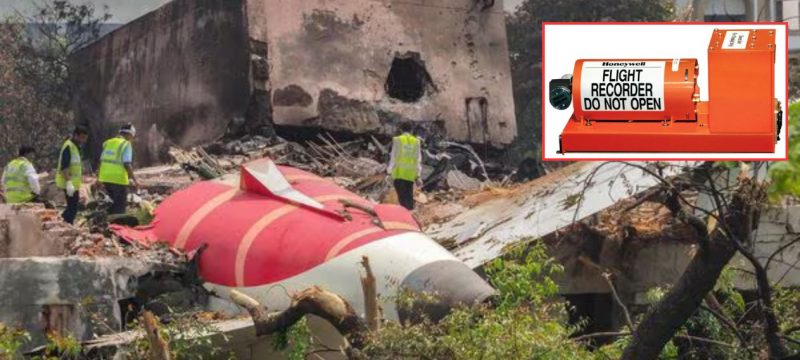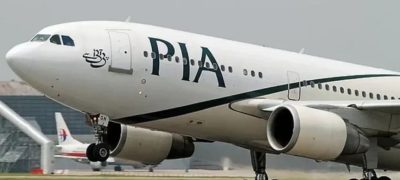Indian investigators have successfully extracted vital information from the flight data recorders of the Air India Boeing 787 Dreamliner that crashed shortly after departing from Ahmedabad earlier this month, claiming 260 lives, the Civil Aviation Ministry confirmed on Thursday.
The London-bound flight crashed on June 12, just minutes after takeoff, resulting in the deaths of 241 of the 242 people on board, as well as several individuals on the ground. It marks the deadliest aviation disaster globally in the past decade.
Read more: Only One Survivor Found in Air India Crash That Killed Hundreds
Both flight recorders — the Cockpit Voice Recorder (CVR) and the Flight Data Recorder (FDR) — were recovered during search operations, with one found in the wreckage on June 16 and the other discovered on the rooftop of a nearby building on June 13.
The ministry reported that Indian and American investigators, including teams from the Aircraft Accident Investigation Bureau (AAIB) and the U.S. National Transportation Safety Board (NTSB), accessed data from the forward recorder on Wednesday. This marks a major milestone in uncovering what led to the crash.
“These findings are expected to help piece together the chain of events and identify causes, ultimately aiming to strengthen aviation safety and prevent similar tragedies,” the statement added.
The NTSB’s involvement is part of broader international cooperation. Chairperson Jennifer Homendy commended the collaboration with Indian authorities and stressed the importance of transparency. She urged officials to publicly release findings as soon as possible to enhance global aviation safety.
Though the official cause is still being investigated, a source close to the probe revealed that the aircraft began descending after climbing to only 650 feet, suggesting a possible issue with engine thrust. The Wall Street Journal also reported that investigators are examining whether the plane’s emergency power generator was active during the crash, which could be a crucial clue.
The black boxes — located at both the front and rear of the aircraft — are GE-manufactured devices that store duplicate flight data. GE, which also produced the aircraft’s engines, has sent experts to assist with the ongoing investigation.
Interestingly, the forward recorder includes a built-in backup power system that can operate independently for about 10 minutes if the main power supply fails, a feature highlighted in an earlier NTSB report from 2014.
However, the two-week delay in accessing the data has raised eyebrows among aviation safety professionals. Some experts noted that such delays are uncommon in high-profile air crashes, where swift data retrieval and frequent public updates are standard.
Aviation analyst Anthony Brickhouse pointed out that the world closely follows major crashes, and timely action is usually expected in such cases.
Although there were earlier discussions about sending the black boxes to the U.S. for analysis, India clarified that no final decision had been made regarding the location. Authorities emphasized that all procedures are being carried out according to national rules and global aviation standards.
A preliminary report on the incident is expected within 30 days. Experts continue to stress that aviation disasters are typically caused by a combination of factors rather than a single issue.









